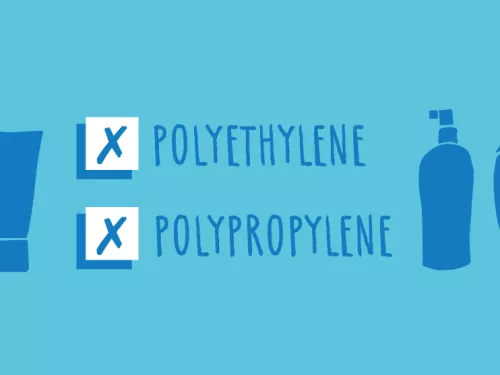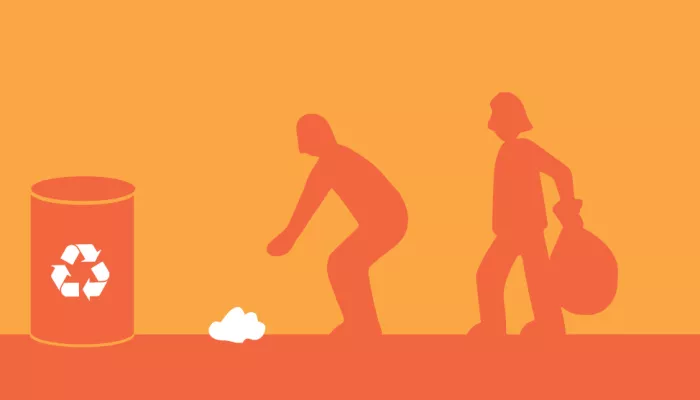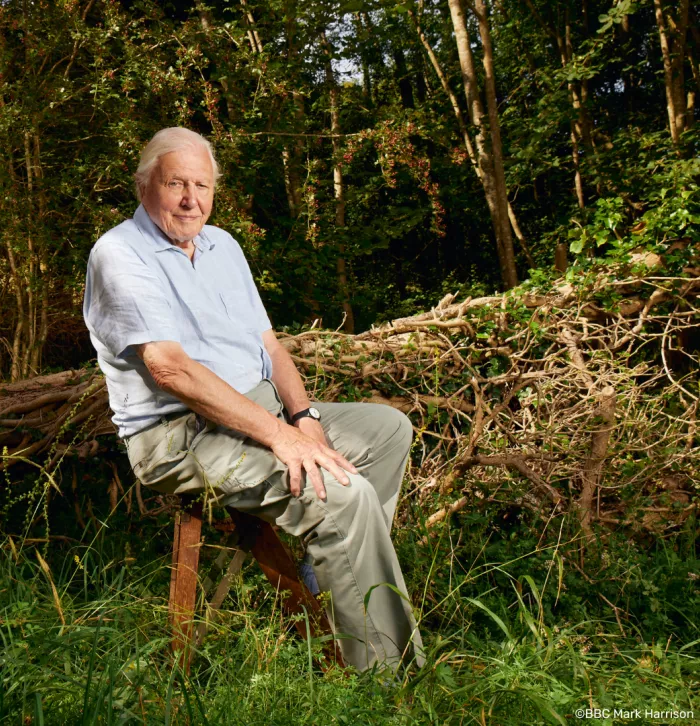
Watch what you wash away
Some cosmetics, soaps, washing-up liquids and cleaning products can be harmful to wildlife with long-lasting effects.

Be a wildlife saviour and do a litter pick or beach clean!
Every year, an estimated 8 million tonnes of litter enters the world’s oceans. Plastic poses the biggest threat to marine wildlife as it doesn’t just disappear; it simply breaks down into smaller and smaller pieces, and has detrimental effects on food chains, working its way up from the tiniest plankton into the bodies of sharks, whales and dolphins.
But it’s not just our marine life at risk from litter. Mammals like hedgehogs and birds like swans frequently suffer injuries as a result of getting caught up in waste.
Any litter removed from a natural ecosystem helps wildlife and creates a better space for humans too! Counteract litterbugs by being a litter picker. You don't have to be on an organised litter pick to help, just pick up any rogue litter when you see it and pop it in the bin! Or how about going for a walk and picking up pieces as you go?
It’s not just our marine life at risk; animals like hedgehogs and swans are often injured by getting caught up in litter.


Some cosmetics, soaps, washing-up liquids and cleaning products can be harmful to wildlife with long-lasting effects.

Bringing a piece of your holiday home is a great way of keeping the memories alive – just make sure it’s wildlife-friendly!

Sending letters 'to the Editor' of local newspapers is another great way to speak up for wildife.